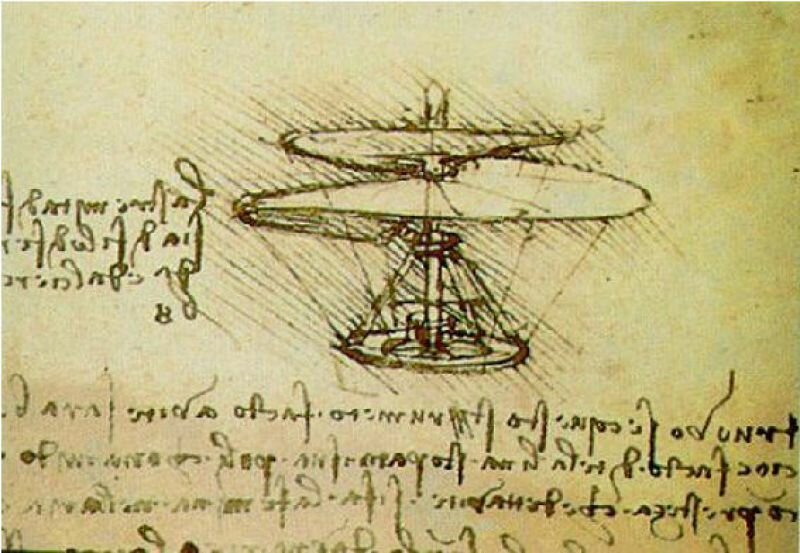
The Japanese shoe umbrella
Driven by the pleasure derived from useless erudition, I’ve been collecting research studies that, due to their complete and utter idiosyncratic nature, have never been linked to any tradition whatsoever. Grouped together, these unsung theories comprise a new field of epistemology: morosophy. Morosophy literally means foolish wisdom or wise foolishness. The morosopher’s wisdom is delusional, creating obviously absurd theories on existence. Unlike mediocre theories constructed by New Age gurus, ufologists, creationists, etcetera; morophist studies are so unusual that they’re ricocheted into the realm of the literary, granting them the title Fous Littéraires in France.
Morosophists deliver outrageous answers to burning questions. Is the earth flat? Was Dutch spoken in paradise? Are atoms spaceships? Is the world entering the Lilac phase?

The Morosophist is always someone whose world has fallen to pieces by a shocking event. With his theory, he manages to rebuild a new universe out of the ruins through which he can, once again, find control over his surroundings. His theories are not fuelled by a search for a higher truth, but by the desire to cope with existence. They are not patients, but are instead held sane by the belief in their delusion. Nor do they live in a world of dreams, but lead a normal life thanks to their fantastical belief in the idiotic.
At this point do we arrive at the most important characteristic of the morosophist: his ability to lead a normal life while being absolutely committed to an absurd theory. The originality of the morosopher stems from a life lived in two worlds, each with its own system of thought. With surprising ease, they alternate between the world of magic and the world of the every day.

AE. Ing. Panamarenko
The Belgian theoriest and artist Panamarenko designs enormous flying machines with magical names such as General Spinaxis, U-Kontrol III, and Meganeudon.

Steel, 1978
Städtische Galerie, Bremen
Like Leonardo da Vinci, he can be categorized in the tradition of those who unsuccessfully attempt flying. Da Vinci’s projects retain their poetic value up until today, despite their total lack of scientific value.


The catalogues paint Panamarenko’s primitivism as a poetic protest against the “coldness” of modern technology and the inability for the everyman to grasp it. Or that he’s motivated by the nostalgia for a mythical era in which science was still a personal adventure.
But all this is nonsense, as is evidenced by the thousands of pages scrawled full of Panamerenko’s quasi-scientific calculations.
The morosophist explores areas that are uncharted by the delineations of science. Their work grants us a glimpse of a universe that runs parallel to the official, recognised truths. Morosophy releases us from the acceptance of a world vision that we often see as the only correct and possible one.



